Thornton Pickard Camera Mark III Hythe

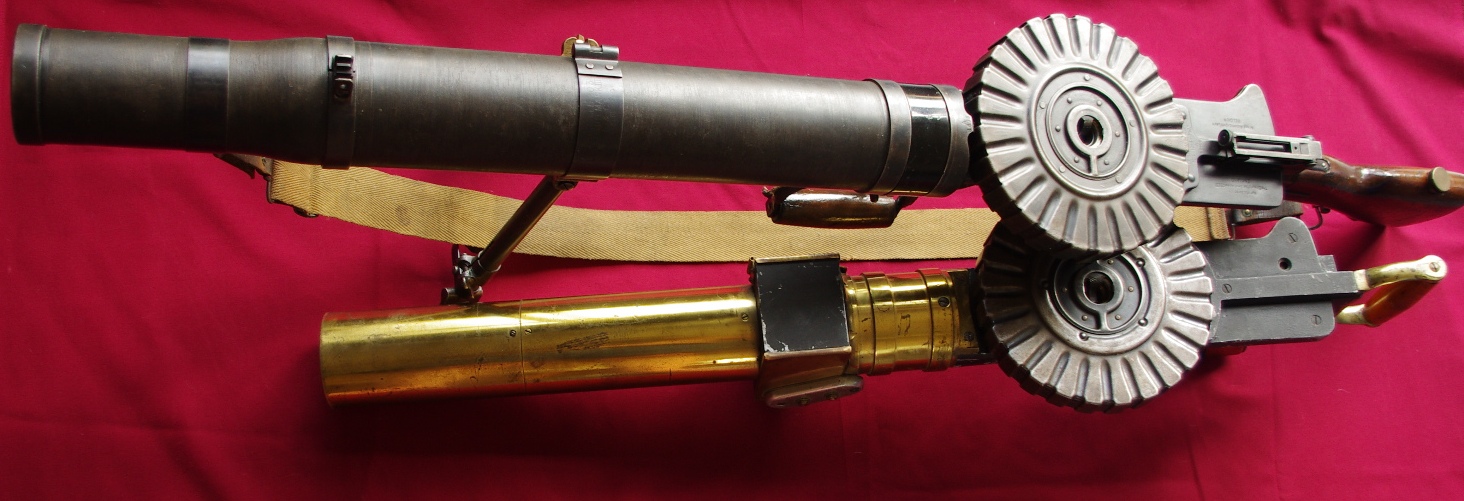
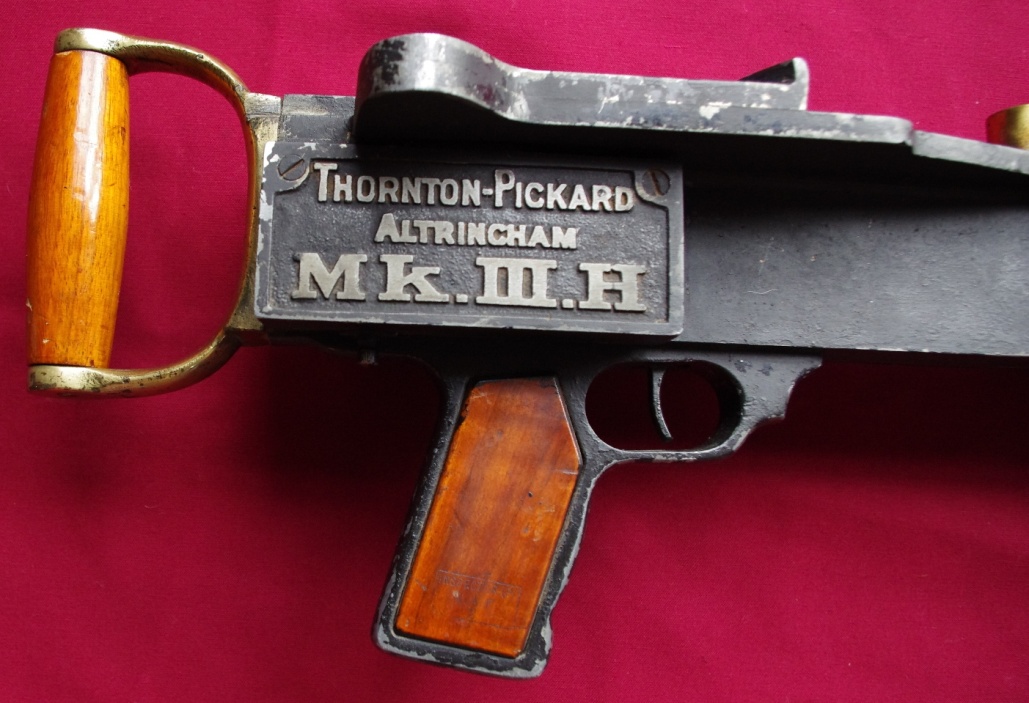
This is a very interesting piece in my collection, the object shown here is the Thornton Pickard Camera Mark III Hythe. It was used for training pilots of the Royal Flying Corp (RFC) during the First World War, it was a direct copy of the Lewis gun. The camera was manufactured from 1915 and presumably it was named ‘Hythe’ after the school of gunnery at Hythe in Kent. Unfortunately, the sights are missing so a little imagination is necessary.
During training the instructor and trainee would fly in separate aircraft, the trainee pilot would fly behind the instructor. The trainee’s task would be to get the instructor in his sights as if he was trying to shoot him down. Instead of firing live ammunition at the instructor using a real Lewis gun the trainee would simulate firing by taking a photo using the gun camera.
A number of other tasks had to be performed before the photo could be taken, at the same time the pilot had to control an unstable aircraft. The required tasks for taking a picture were:
1. To wind on the film using the cocking handle, exactly the same method as you would to cock the Lewis gun.

2. To remove and replace the magazine drum on top of the camera. When using live ammunition the magazines could be used up very quickly at a rate of 550 rounds per minute. The Lewis gun on the aircraft were fitted with larger sized magazines containing 97 rounds this was more than twice that of the standard 47 round infantry magazines. This only gave just over 10 seconds of fire, which is not a lot when the plane was being blown about in the wind with the pilot's adrenaline pumping. Magazine changes were difficult and therefore needed to be practiced.
The instructor would know whether or not the magazine had been changed as under the magazine there was a button that activated a pin which made a hole in the corner of the film every time the magazine was removed and replaced. The absence of a hole on the film meant the magazine hadn’t been changed.
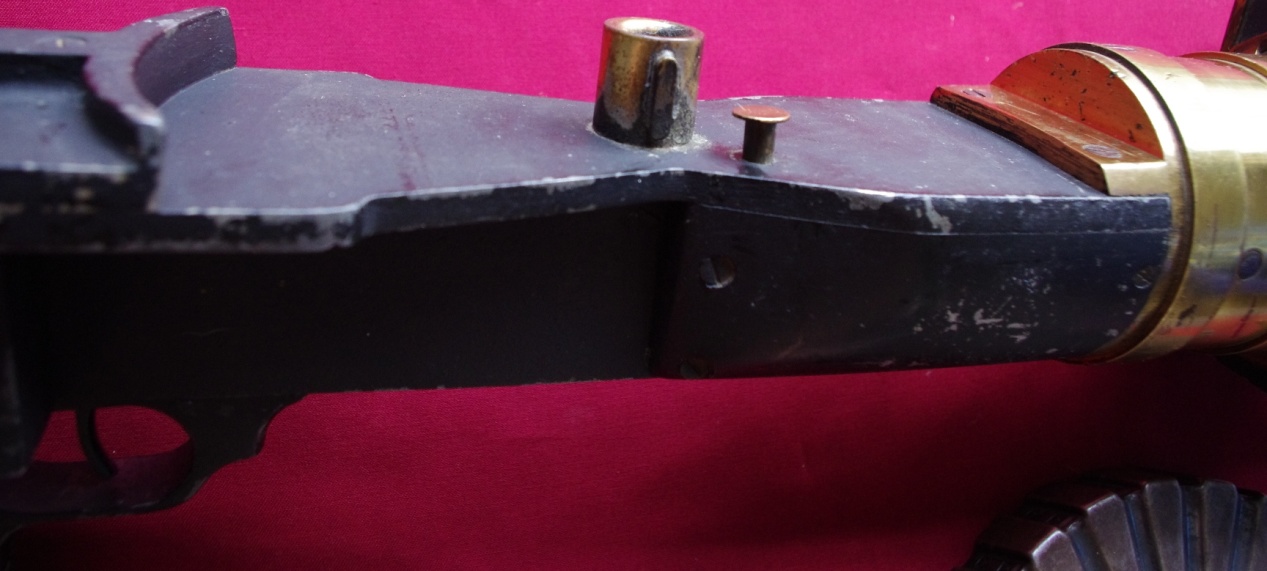
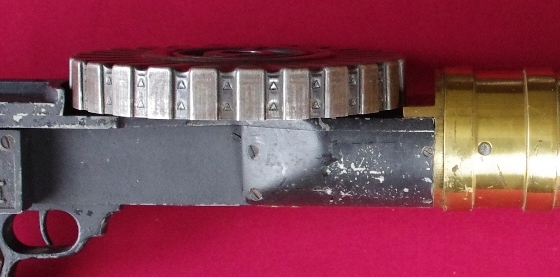
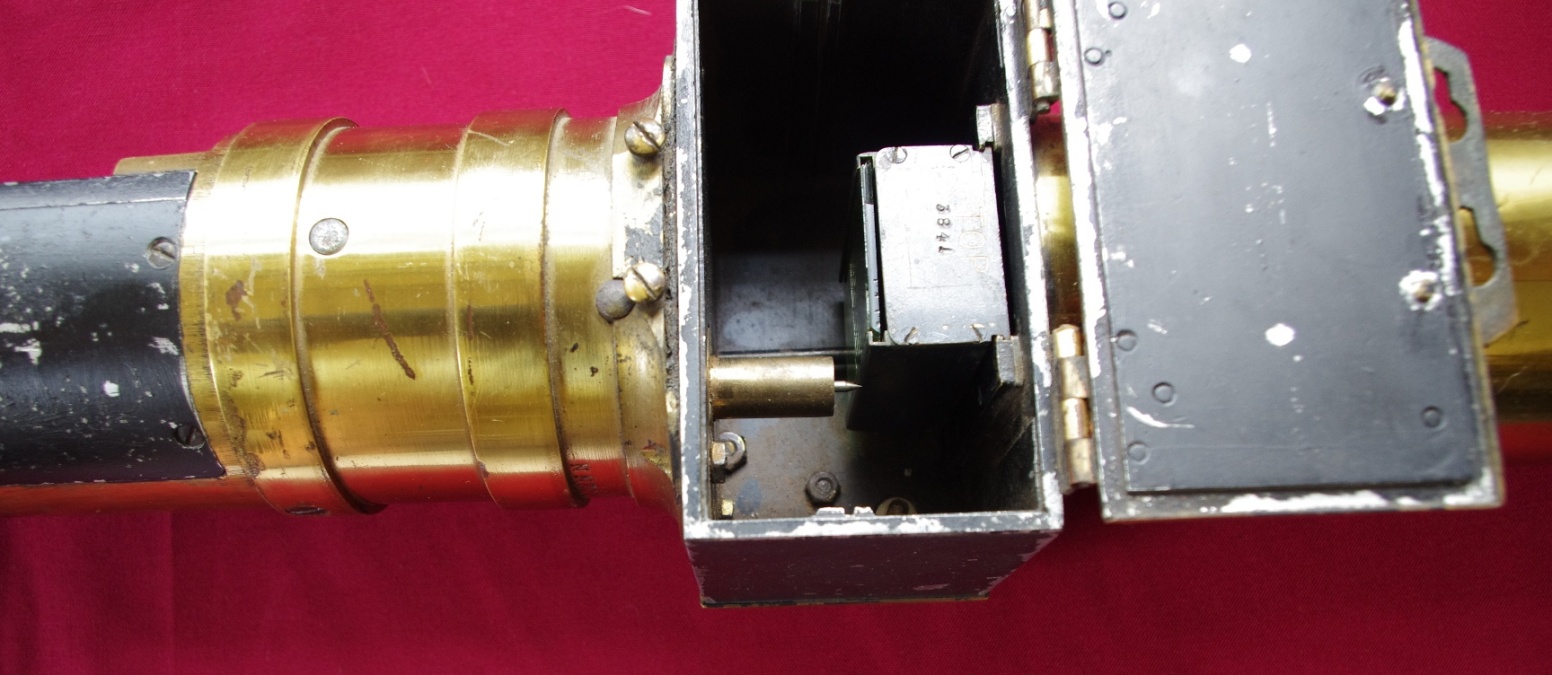
3. To take the photo by pulling the trigger instead of a burst of .303 only one photo would be taken before starting the whole process again. The film went over a glass lens with target rings painted on it resembling a spider’s web. The instructor could see the accuracy of the shot once the film was developed.
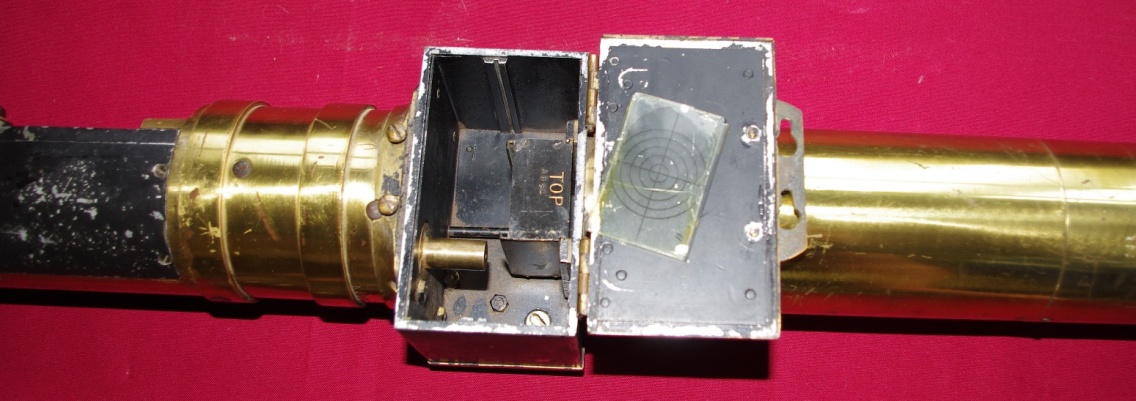
Nowadays this would be done in a flight simulator.
I would like to mention that the RFC flew without parachutes as these were seen as detrimental to courage and were only allowed for crews of observation balloons. The Germans on the other hand did increasingly have parachutes, especially towards the end of the war.
A little bit about 'Thornton Pickard'...
The business started in 1888 at 8-10 St Mary Street, Deansgate, Manchester, as a partnership between John Edward Thornton and Edgar Pickard. Thornton was an inventor from an upper working class family, one of his failed inventions was a motor car. Pickard was an engineer from a rich Quaker family. In 1892 the firm built a factory at Atlantic Street, Altrincham, Cheshire. Following Pickard’s death in 1897 a limited company was formed. In 1899 Thornton was pushed out of the company and went to America where he patented a three colour cine film that was manufactured under licence by Kodak.
|